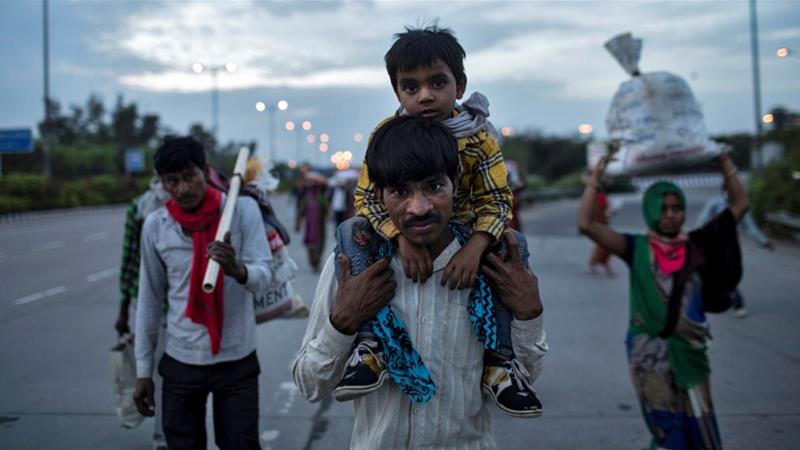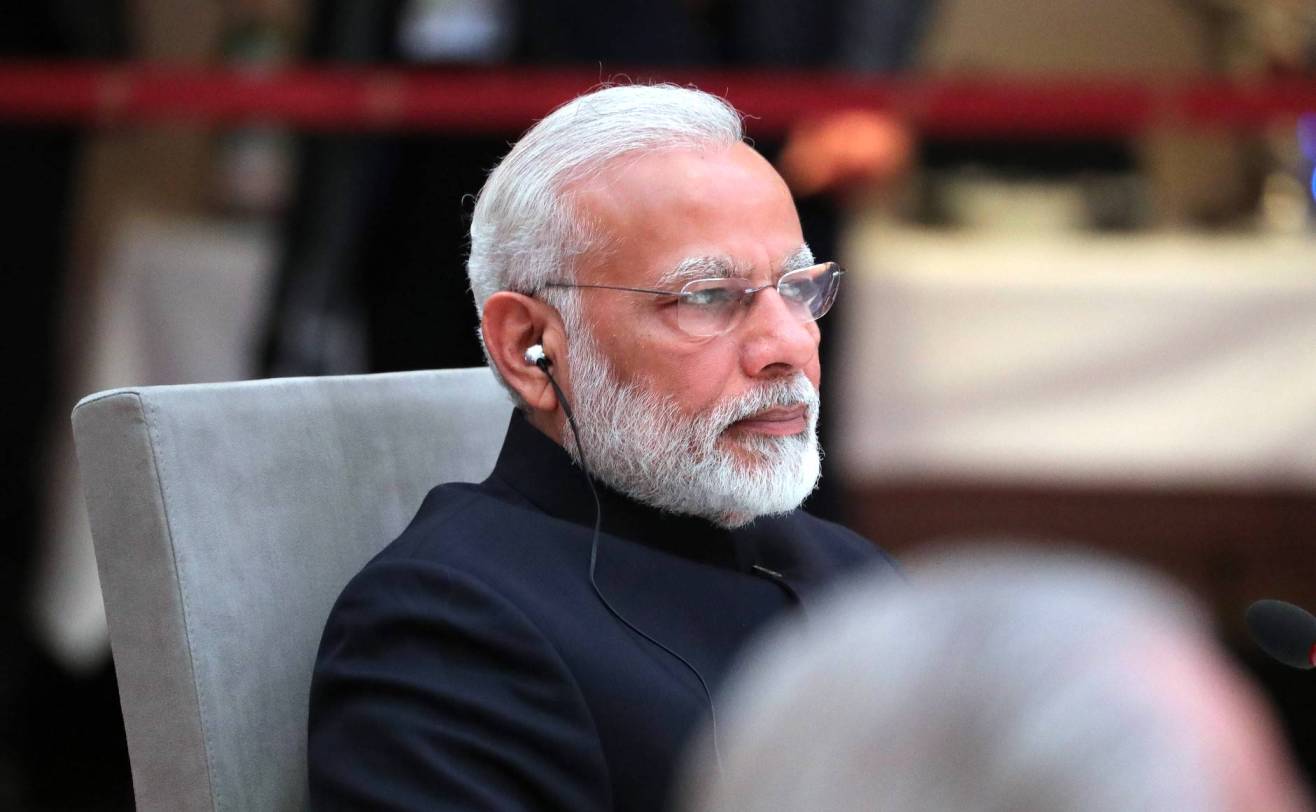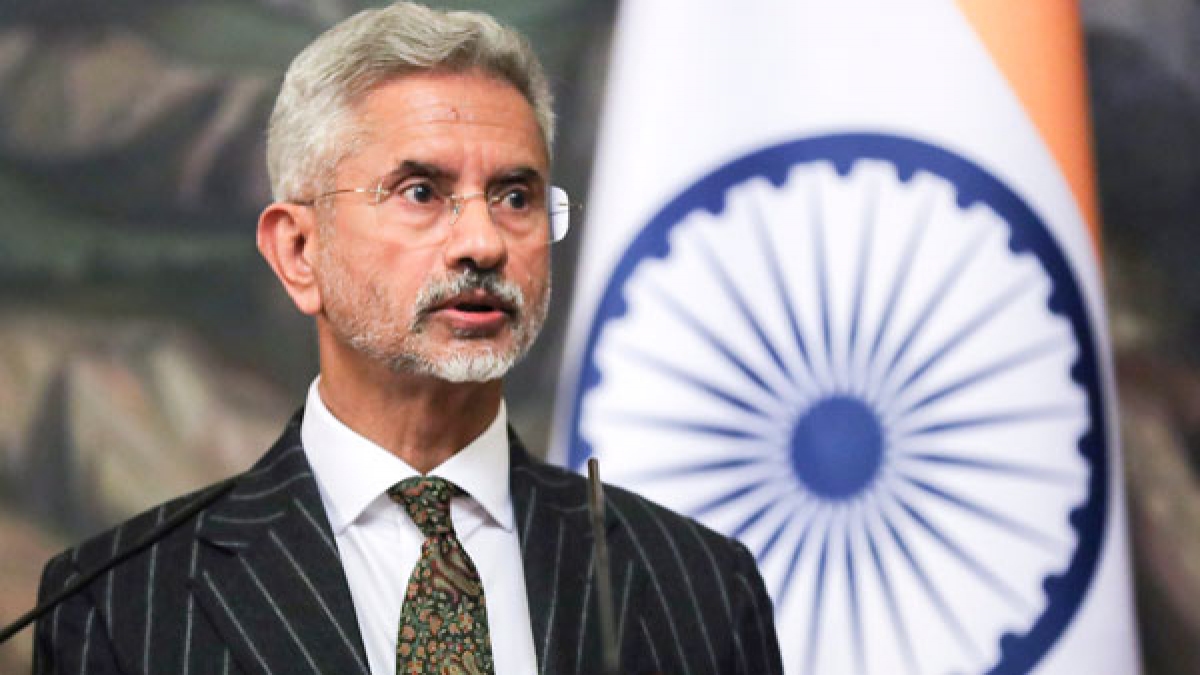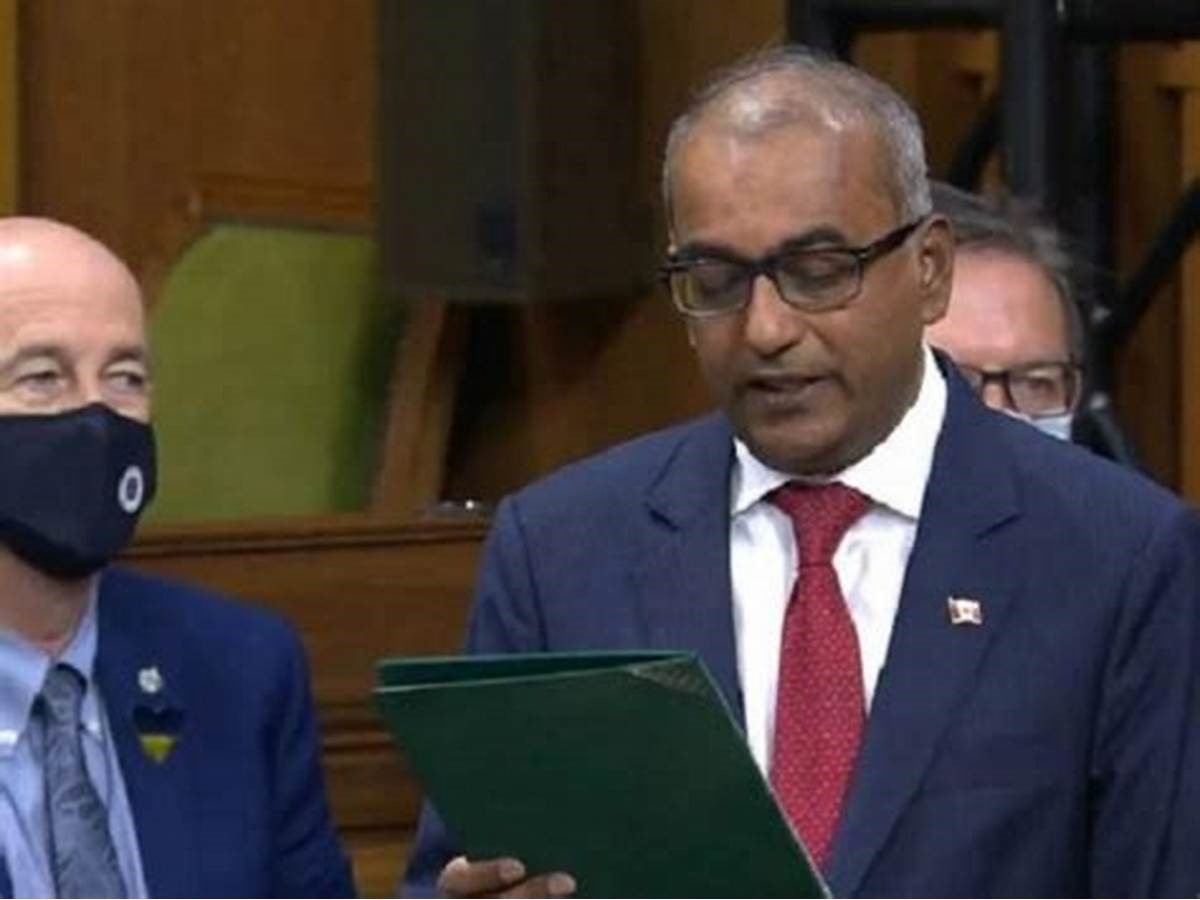With the closure of schools, India’s underprivileged students are missing out on mid-day meals and are on the verge of malnourishment
India’s Mid-Day Meal (MDM), a free school lunch programme, is one of the world’s largest anti-poverty initiatives. Despite its many shortfalls, it feeds 120 million of the country’s poorest schoolchildren and since its launch in 1995, has been a direct cause for increased enrollment of children in schools. In India, nearly 100 million children receive free lunch every school day. These meals reduce protein deficiency by 100 per cent, calorie deficiency by 30 per cent and iron deficiency by 10 per cent. School meals have additional benefits as they reduce household food expenditure, in turn alleviating poverty to a certain extent. They also act as safety nets, maintaining food consumption by children during a crisis, like a drought.
While MDMs saved the day for children during other crises, the outbreak has disrupted services due to prolonged closure of schools for a whopping 115 million children dependent on school lunches for their daily dietary requirements. Of these, 59.6 million are aged between five to 13 years and study in primary and upper primary classes.
When the pandemic hit, schools shut down, effectively ending access to MDMs, thereby leading to an increase in hunger, putting many of these children on the verge of malnourishment, according to a report published in the journal New Scientist. These meals, in remotely-located schools, were the only source for a wholesome meal for these children in a day. The unavailability of these MDMs, even temporarily, may have serious health implications for school-going children like acute malnourishment. Already, the scenario for children’s health in the country is dismal, as at least one in five children, under the age of five, is wasted, which means they have extremely low weight for their height, reflecting acute undernutrition, according to the Global Hunger Index 2018. Research shows that when schools are closed for long periods, such as during the lockdown, 30 per cent households struggle for food security. The Coronavirus is pushing already hungry communities over the edge as the March shutdown and call for social distancing has caused job losses for unskilled, daily wagers and caregivers. As the economy moves towards normalcy at glacial speed, gainful employment for this sector seems unlikely. This means an uncertain future, no income on an everyday basis and no food in their homes. In such a scenario, depriving them of school meals will prove catastrophic for the health of children. They do not get meals comprising different types of food groups to fulfil required dietary diversity. Since the shutdown of schools, children and their families have eaten lesser food. And that which they do eat is poor in nutrition, a phenomenon known as “lockdown hunger.” The absence of school meals even during holidays has been found to contribute to reduced academic performance by five per cent. According to the United Nations, 10,000 more young lives will be lost in a month as small farms are cut off from markets, villages are isolated from food and medical aid and MDMs are stopped for children.
Protecting children from the pandemic is necessary. However, proper care needs to continue for the most marginalised so that they can continue to participate in educational opportunities in the future. Children are unable to learn optimally when they are hungry, undernourished or unwell and this affects their future. Collective efforts across governments, organisations and communities need to be scaled up to ensure that due diligence will be shown towards providing nutrition to our children. We need to look towards creating a holistic solution which addresses the nutrition and health of kids through healthy meals and the introduction of well-trained social workers, counsellors and community involvement into the schooling system. Through the MACHAN (Mother And Child Health And Nutrition) programme, the poorest children have been prioritised for food and social security initiatives during the lockdown and the subsequent months in over 200 Anganwadi Centres, active in 24 districts across 15 States. A scientific approach was used towards identifying the beneficiaries, analysing wealth quintiles, school gender disparities and communities which typically suffer from food insecurity. The beneficiaries were provided dry rations, health support and linkages with Government schemes as a stop-gap measure. Thankfully, quite a few governments have already recognised the need to address the gaps in food provisioning in the absence of school meals and have facilitated transfer of the cash value of school lunches to families.
In several States, dry rations have been delivered to the homes of children and volunteers are working as a catalyst to ensure smooth distribution through the Public Distribution System. In many locations schools are acting as feeding centres providing take-home rations and intensifying pre-positioning (with a minimum buffer stock of two months) of essential commodities for the prevention and treatment of child wasting (e.g. ready to use supplemental foods, multiple micronutrient powders, and micronutrient supplements) and routine medicinal supplies. While continuing to support the nutrition requirement of the families along with Iron, Folic Acid and Calcium tablets, we must ensure that to reduce the gap between health and malnutrition for children, the solutions need to include the family’s economic stability which ensures a child’s food security. A steady economic source will also ensure that a child will be able to join school when the time arrives, and not be pushed into labour due to monetary hardships. Therefore, there are increased efforts for long-term rehabilitation of small farmers and migrant, daily wage-earning families for assured livelihood through skill building and entrepreneurship opportunities. They are being supported through provisions of seeds, manure and appropriate training to create an alternative income source. The focus is on empowering women migrant workers, too, by including them in poultry farming interventions. This enables them to become financially educated entrepreneurs who set up collectives to engage with external businesses. Until MDMs start again, we must collectively work towards innovative solutions to provide economic and nutrition security to marginalised families and only then will India be able to lessen the burden of malnourishment.
(The writer is a health specialist at Child Fund India)








 OpinionExpress.In
OpinionExpress.In















Comments (0)